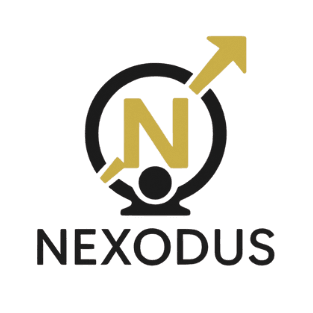Transforming Sales Enablement: Strategies for Faster Closes and Higher Win Rates
The Evolution of Sales Enablement
Sales enablement has rapidly evolved over the past decade, moving from a support function to a strategic, indispensable part of the sales process. As businesses strive for faster closes and higher win rates, understanding the transformation in sales enablement strategies is crucial.

Understanding the Needs of Today's Buyer
Today's buyers are more informed than ever, often completing significant research before engaging with a sales representative. This shift necessitates a deeper understanding of buyer personas and their journeys. Sales teams need to be equipped with insights and tools that allow them to meet buyers where they are in their decision-making process.
To cater to this new breed of buyer, companies must invest in robust buyer education programs. These programs should focus on helping potential customers understand how specific solutions can address their unique challenges. This involves creating targeted content and resources that align with different stages of the buyer's journey.
Leveraging Technology for Enhanced Efficiency
The integration of technology into sales enablement is not just beneficial—it's essential. Tools like CRM systems, AI-driven analytics, and automated communication platforms help streamline processes, providing sales teams with real-time data to make informed decisions. Such technologies empower salespeople to personalize interactions, thus increasing the likelihood of closing deals efficiently.

Moreover, implementing AI-driven tools can significantly enhance the sales process by predicting customer behavior and suggesting optimal engagement strategies. This level of insight allows sales teams to focus on leads with the highest potential, optimizing their efforts and resources.
Building a Collaborative Environment
Effective sales enablement requires a collaborative approach, fostering communication between sales, marketing, and product teams. When these departments work in harmony, they ensure that the messaging is consistent and the strategies are aligned towards common goals.
- Alignment: Regular meetings and shared objectives help maintain alignment across teams.
- Feedback Loops: Establishing feedback mechanisms allows for continuous improvement and adaptation to changing market dynamics.
Training and Development: A Continuous Process
Training is no longer a one-time event but a continuous process. Sales enablement must include ongoing training and development programs that keep sales teams updated on the latest tools, techniques, and market trends. This ensures that sales representatives are always prepared to meet the ever-evolving needs of their customers.

Organizations should also focus on developing soft skills such as negotiation, empathy, and active listening. These competencies are crucial for building strong relationships with clients and navigating complex sales scenarios effectively.
Measuring Success in Sales Enablement
Finally, measuring the success of sales enablement efforts is key to understanding their impact on business outcomes. Key performance indicators (KPIs) such as conversion rates, deal size, and sales cycle length provide essential insights into what strategies are working and where improvements can be made.
- Track performance metrics consistently to identify trends and patterns.
- Utilize feedback from sales teams to refine enablement strategies.
- Benchmark against industry standards to ensure competitiveness.
In conclusion, transforming sales enablement requires a multi-faceted approach that incorporates technology, collaboration, continuous learning, and data-driven insights. By embracing these strategies, organizations can achieve faster closes and higher win rates, ultimately driving growth and success in today's competitive market.
